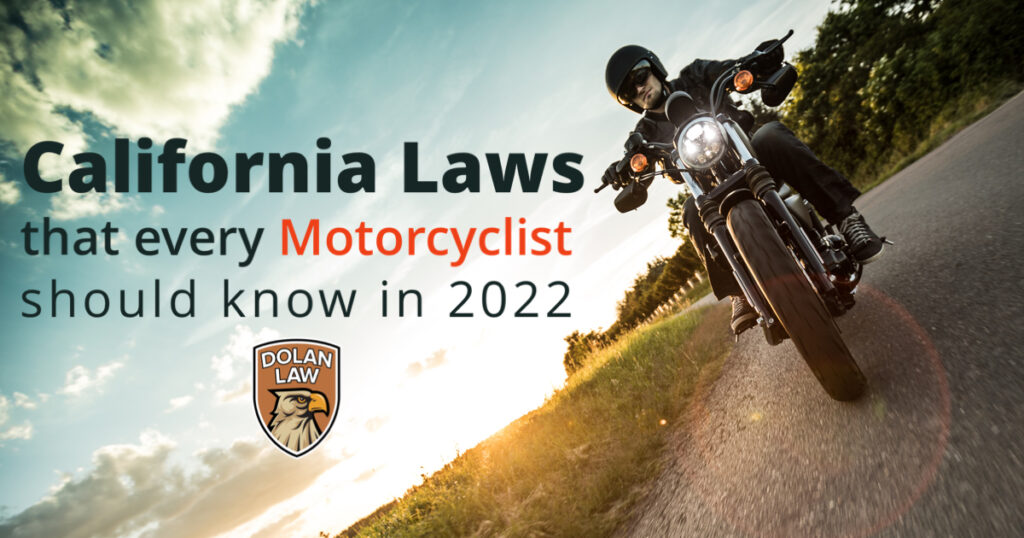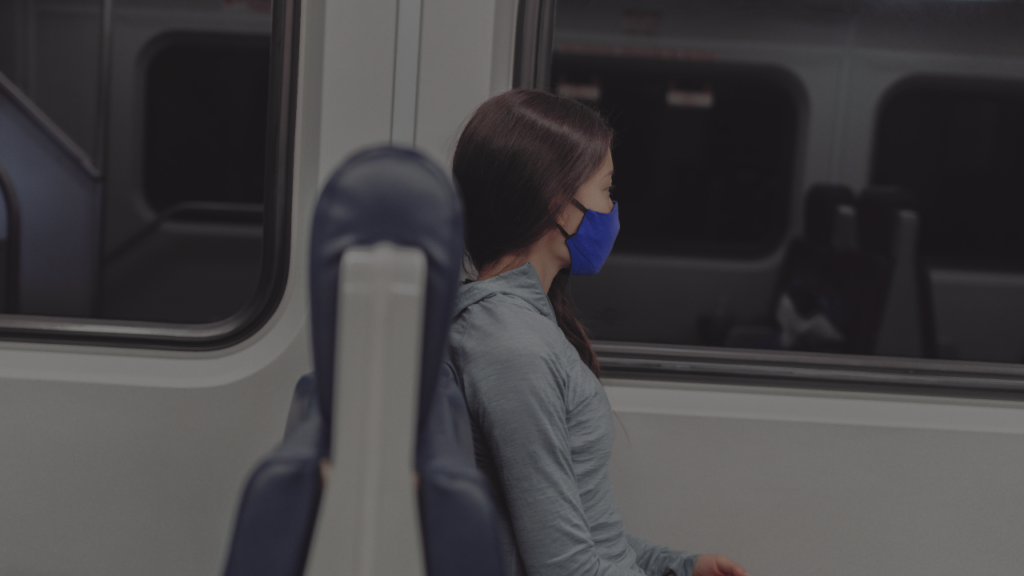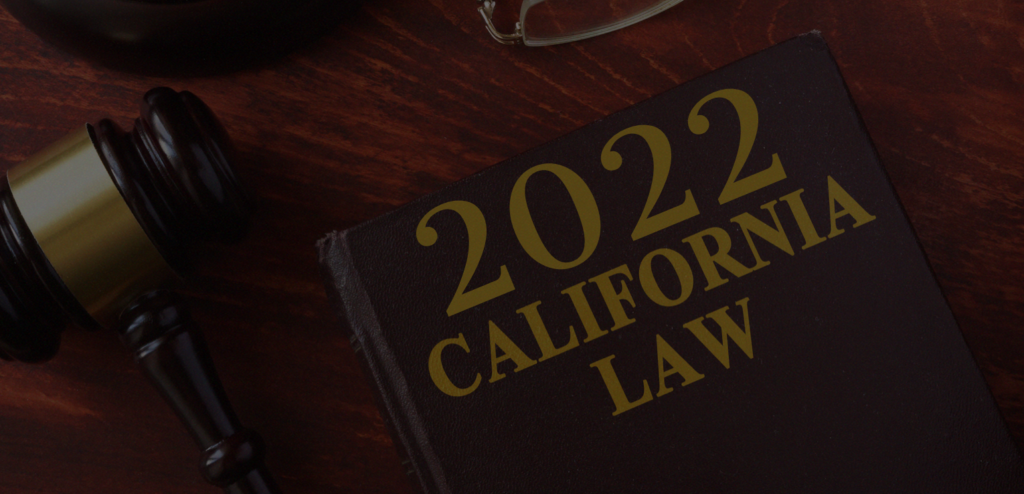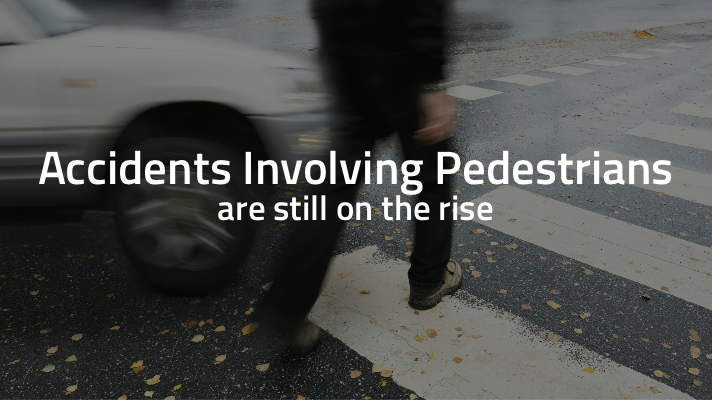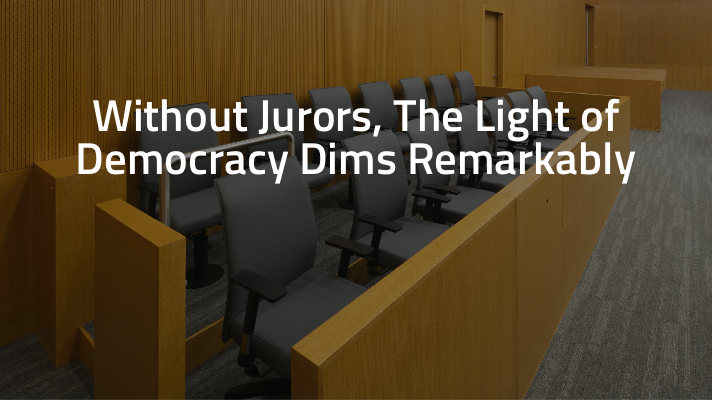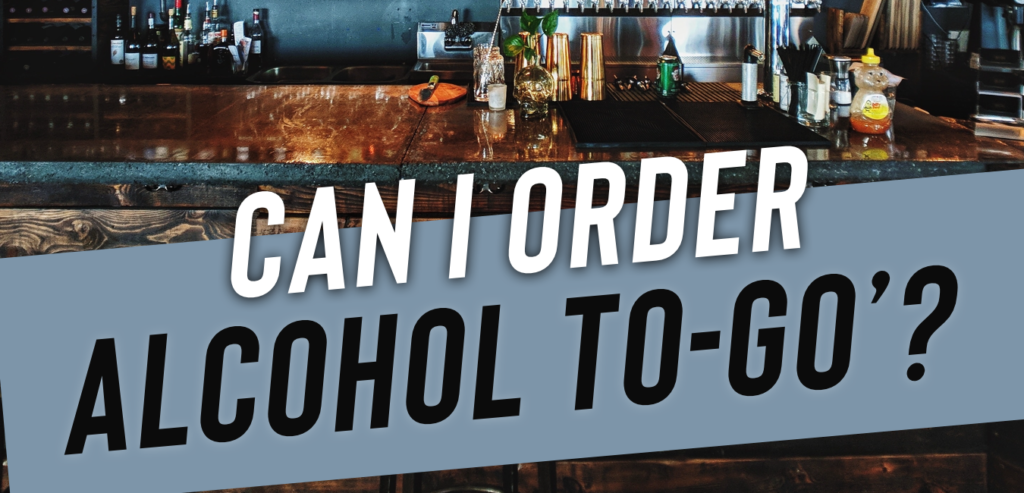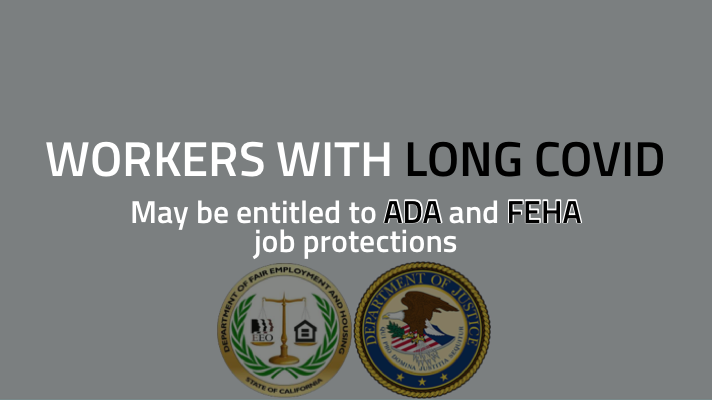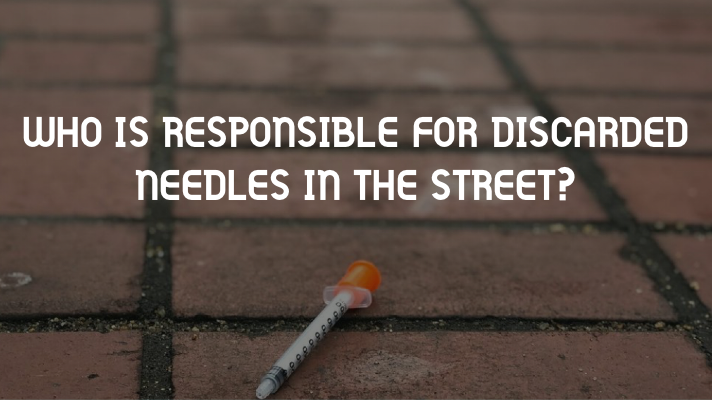Motorcycle Laws in California: What Motorcycle Rules and Laws Do I Need to Know?
Written By Chris Dolan and Cioffi Remmer This week’s question comes from Anonymous who asks: I am thinking of getting a Motorcycle. What are the rules for operating motorcycles on the road here in California? Dear Anonymous, Thanks so much for your question. Since the pandemic, California roadways are seemingly returning to normal (i.e., traffic). …
Motorcycle Laws in California: What Motorcycle Rules and Laws Do I Need to Know? Read More »

